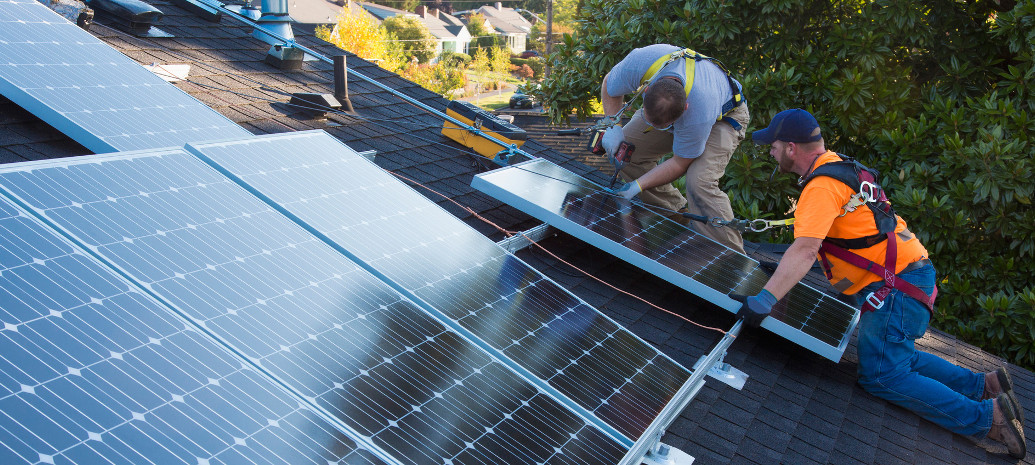As the global transition from fossil fuels and nuclear power to renewable energy progresses, even those states which have shown less ambition to date are beginning to make bold moves.
Pennsylvania is a state that has seen mixed commitment to solar and other forms of renewables. The state implemented its Alternative Energy Portfolio Standard (AEPS) in 2004, however for many years the policy was of limited effect for the state’s solar market due to the ability to gain solar renewable energy credits from out-of-state projects.
Additionally, the AEPS calls for only 18% renewable energy and other sources by 2020-2021, which is far less ambitious than the recent 50% by 2030 renewable energy mandates passed in neighboring New York and New Jersey.
However, on Tuesday the Pennsylvania Department of Environmental Protection published a draft report that plans for solar to meet 10% of the state’s electricity demand, which it concludes will required the deployment of 11 GW of solar.
The study finds that under its reference case, with “business as usual” markets Pennsylvania will reach only 1.2 GW deployed in 2030, a roughly three-fold increase on current capacity. As such, it looks at what it would take to get to a 36-fold increase, which DEP finds would bring “enormous” benefits to the state in public health, jobs, economic growth and greenhouse gas emissions reductions.
DEP looked to two pathways to reach the 11 GW, with one more dependent upon utility-scale solar (90% of the total), and other where distributed generation makes up a third of all new solar, split between residential and commercial.
However, the organization found a number of “cross-cutting strategies”, which would benefit both. This includes changes to the state’s AEPS, including bringing the carve-out for solar from its current 0.5% to 4-8% by 2030, but also more bold policy moves such as implementing carbon pricing and providing loan guarantees to lower the cost of capital.
Additionally the report briefly addressed the mechanics of getting solar built, calling for the creation of uniform policies to address siting and land use, and looking at ways the state’s tax code can be reformed to assist in solar development.
The report also looked at policy moves to specifically expand distributed and community solar, which it notes it notes offers “broader social, environmental and economic benefits”. Some of the policies explored included virtual net metering, enabling municipalities to offer Property Assessed Clean Energy Financing, exploring alternative ratemaking for the state’s utilities, and even accelerating the use of smart inverters to manage technical concerns on the distribution grid.
The plan released is a draft for public comment, which will be accepted through August 20. A final plan will be issued in December.
This content is protected by copyright and may not be reused. If you want to cooperate with us and would like to reuse some of our content, please contact: editors@pv-magazine.com.



By submitting this form you agree to pv magazine using your data for the purposes of publishing your comment.
Your personal data will only be disclosed or otherwise transmitted to third parties for the purposes of spam filtering or if this is necessary for technical maintenance of the website. Any other transfer to third parties will not take place unless this is justified on the basis of applicable data protection regulations or if pv magazine is legally obliged to do so.
You may revoke this consent at any time with effect for the future, in which case your personal data will be deleted immediately. Otherwise, your data will be deleted if pv magazine has processed your request or the purpose of data storage is fulfilled.
Further information on data privacy can be found in our Data Protection Policy.